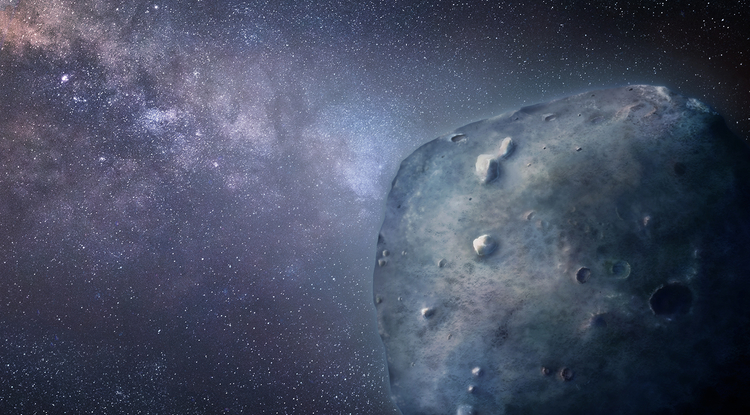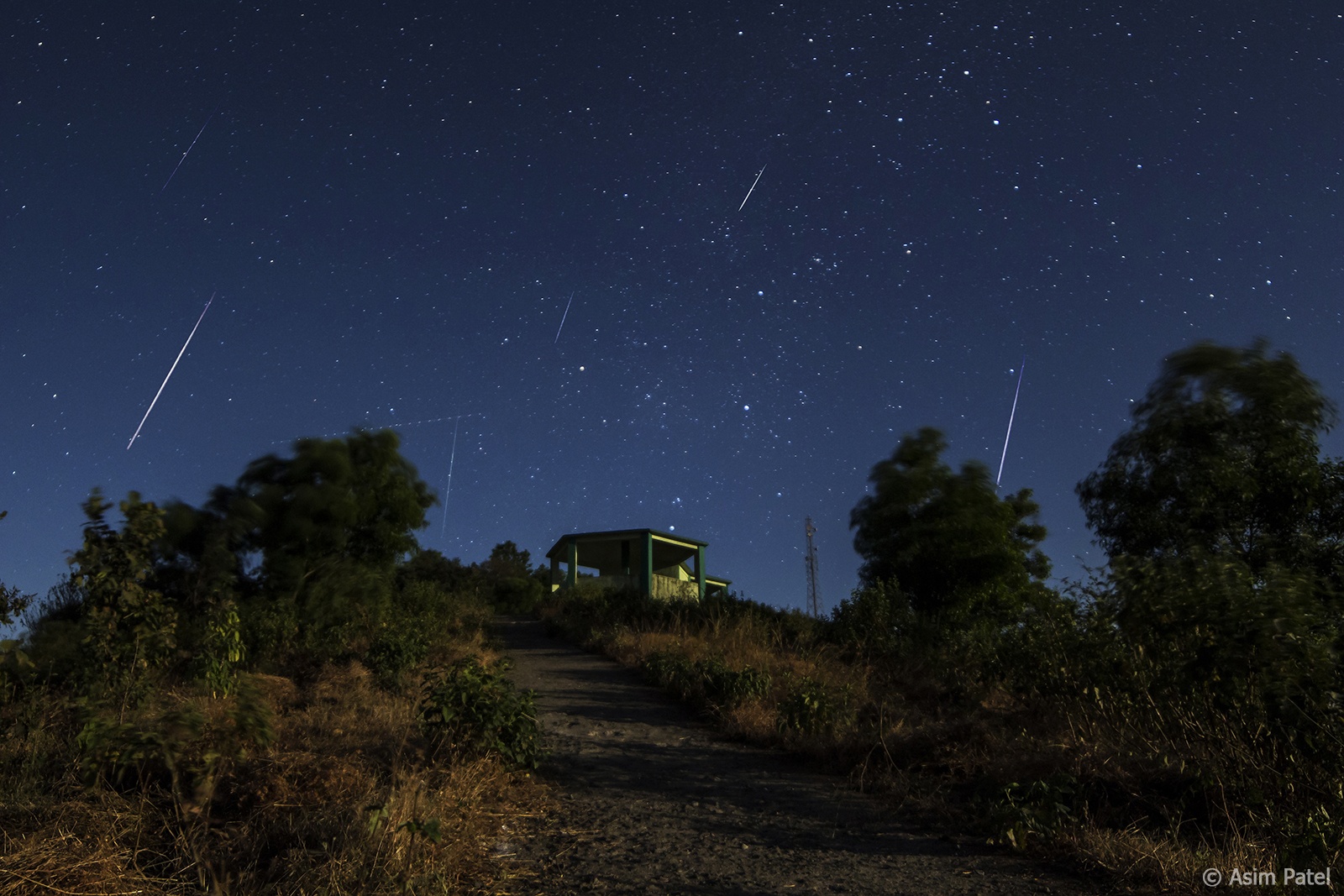If you’ve ever seen a meteor shower, you know it can be an amazing sight. You watch the skies as every few moments there’s a streak of light. Sometimes bright and in your field of vision. Sometimes starting just out of the corner of your eye. Although a meteor can occur at any time, they tend to appear at certain times of the year, such as the Perseids of August, or the Orionids of October.
Continue reading “Parker Solar Probe Makes a Surprising Discovery About the Source of the Geminid Meteor Shower”Asteroid Phaethon breaks all the rules. It acts like a comet, it supplies particles to a meteor shower. Oh, and it’s blue

Having studies countless asteroids in near-Earth space, astronomers have come to understand that the majority of these rocks fall into one of two categories: S-type (grey) and C-type (red). These are defined by the types of materials on their surfaces, with S-type asteroids being primarily composed of silicate rock and C-type asteroids being made up of carbon materials.
However, there is also what are known as blue asteroids, which make up only a fraction of all known Near-Earth Objects (NEO). But when an international team astronomers observed the blue asteroid (3200) Phaeton during a flyby of Earth, they spotted behavior that was more consistent with a blue comet. If true, then Phaeton is of a class of objects that are so rare, they are almost unheard of.

